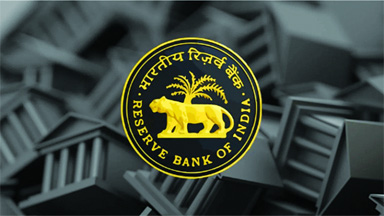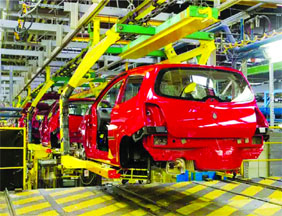
Mumbai (TIP) – The Reserve Bank of India (RBI) on Friday, December 8, maintained its benchmark repo rate at 6.5%, keeping its focus on anchoring inflation and boosting growth. The RBI also continued with its policy stance of “withdrawal of accommodation” to ensure inflation is in step with its target of 6%(+/-2), while supporting of economic expansion. In other words, the central bank will be focussed on curbing money supply in the economy to control inflationary pressure.
Monetary policy will remain actively “disinflationary”, RBI Governor Shaktikanta Das said after a two-day meeting of the bank’s six-member monetary policy committee. He said that the central bank’s successive policy rate hikes, a reference to increases in interest rates, “seems to be working”. The risks of high food prices continue to key be variables to watch that can alter the course of inflation. The global economy remains fragile due to elevated debt levels, lingering geopolitical tensions and extreme weather conditions, Das said, adding, “Long-awaited normality still eludes the global economy.”
Das has consistently warned of risks to food prices. India is vulnerable to food price shocks from extreme weather events and global factors despite a recent moderation in prices, he had said on November 22. This is the RBI governor’s second warning in a month about the risks from food inflation. In a speech delivered in Japan on November 8, Das had said the RBI saw risks from “recurring and overlapping” food price shocks.
The central bank had hiked the repo rate by 250 basis points to 6.5% between May 2022 and February 2023. It then hit a pause in the April review of the monetary policy. A basis point is one-hundredth of a percentage point. The repo rate refers to the rate at which commercial banks borrow money by selling their securities to the Reserve Bank, while the reverse repo rate is the rate at which the central bank borrows money.
These rates are key to boosting credit and investments by businesses to boost economy growth. A hike makes borrowing expensive for businesses, limiting money supply and cooling inflation – the key objective of why banks hike benchmark rates.





Be the first to comment